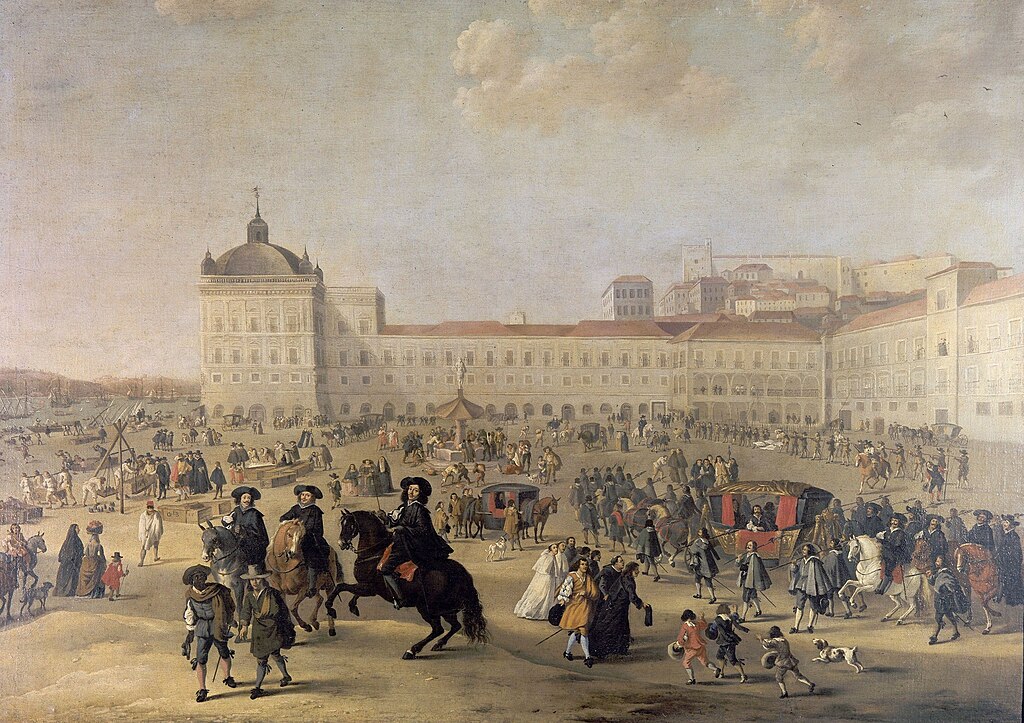One of the sweeping plazas in Lisbon is Praça do Comércio, with an entrance marked by a sizable arch populated by allegories and historic individuals, all in stone. The plaza’s centerpiece is an equestrian statue of King Joseph I of Portugal, the Reformer. Ringed on three sides by long structures, the praça otherwise stone-tiles its way down to the Tagus River.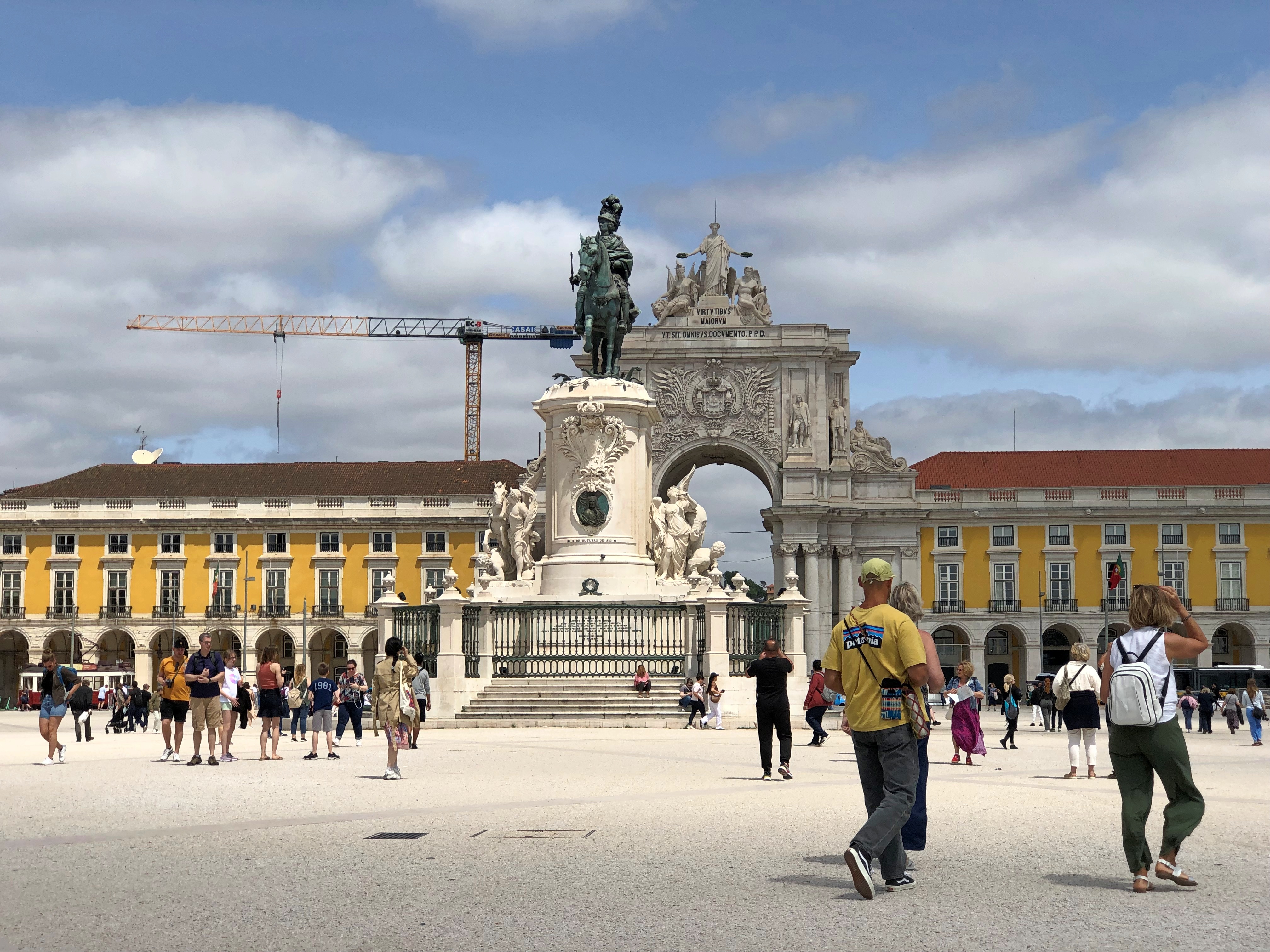
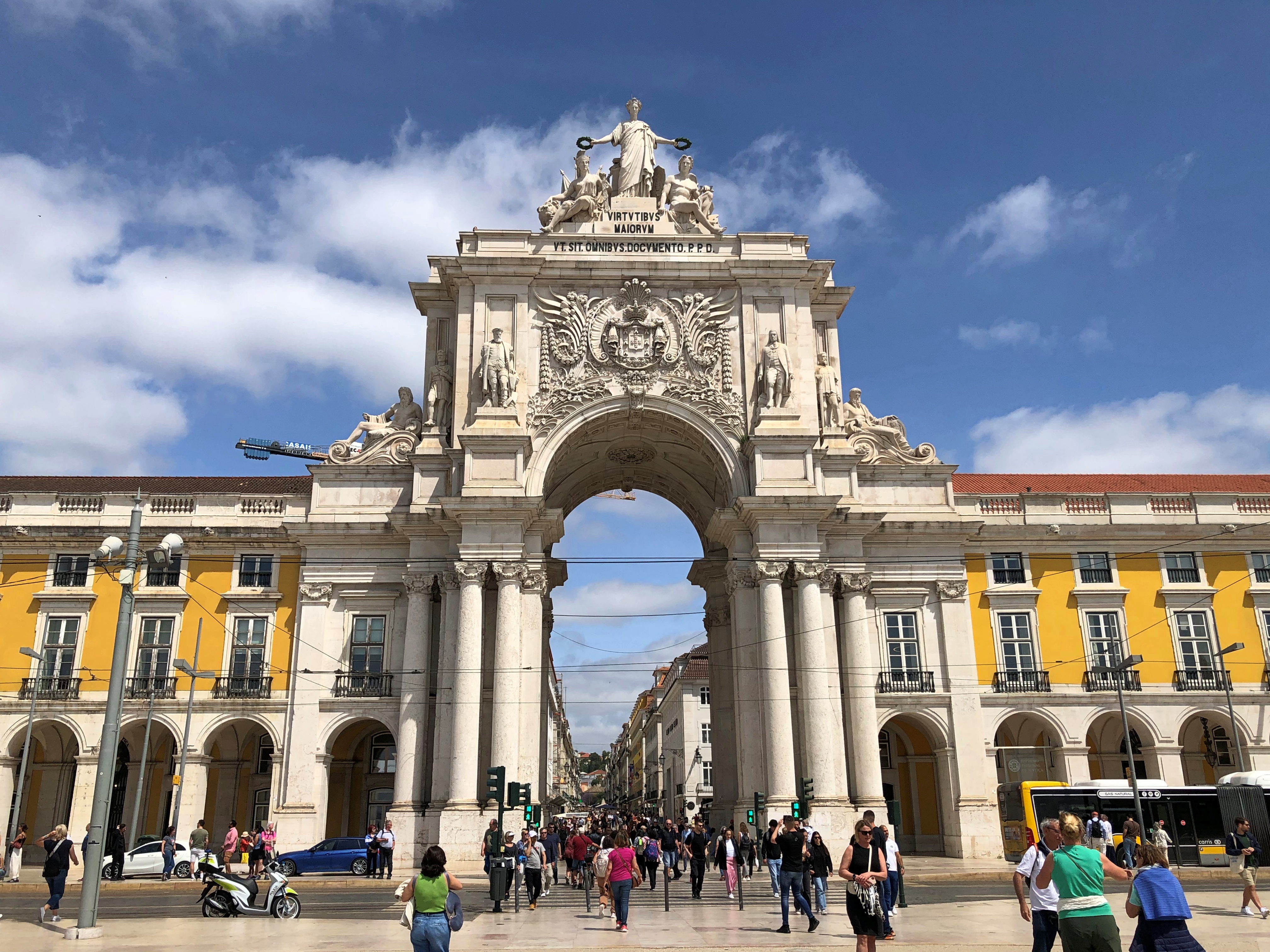

Jose I (d. 1777) had the misfortune to be king when the 1755 earthquake struck. The plaza was once home to Ribeira Palace, residence of Portuguese kings since the early 16th century, but the earthquake and fire took it down, along with most of the rest of the city. The disaster reportedly spooked Jose so much that he preferred to live in large tents afterward, and for the rest of his life.
In our time, the crowd makes it way to the riverfront. As we did last Monday. As well we should, to take in the views of the wide Tagus, along with buskers and other entertainment, such as a fellow building sand sculptures in a narrow strip just off the plaza stones.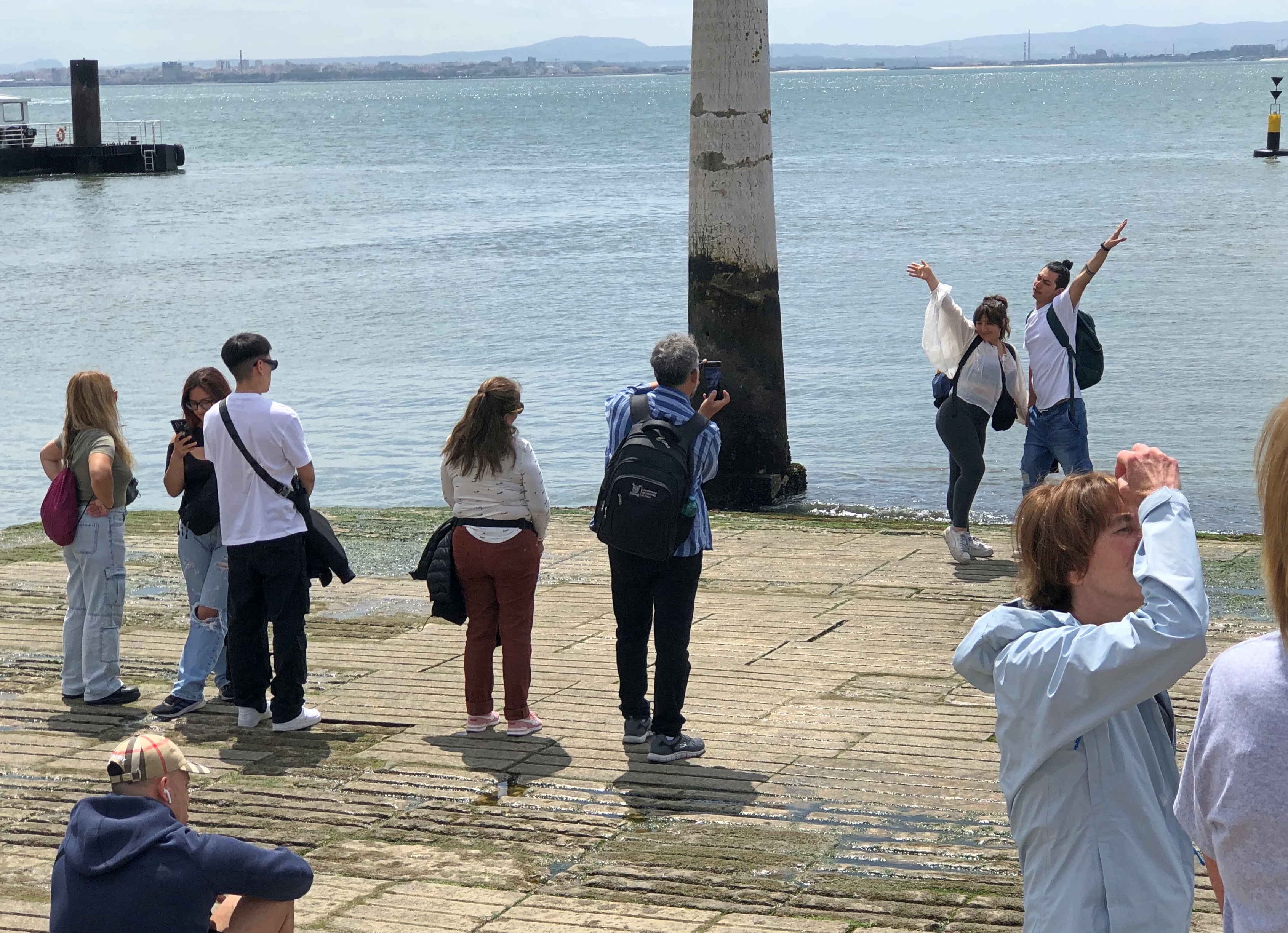

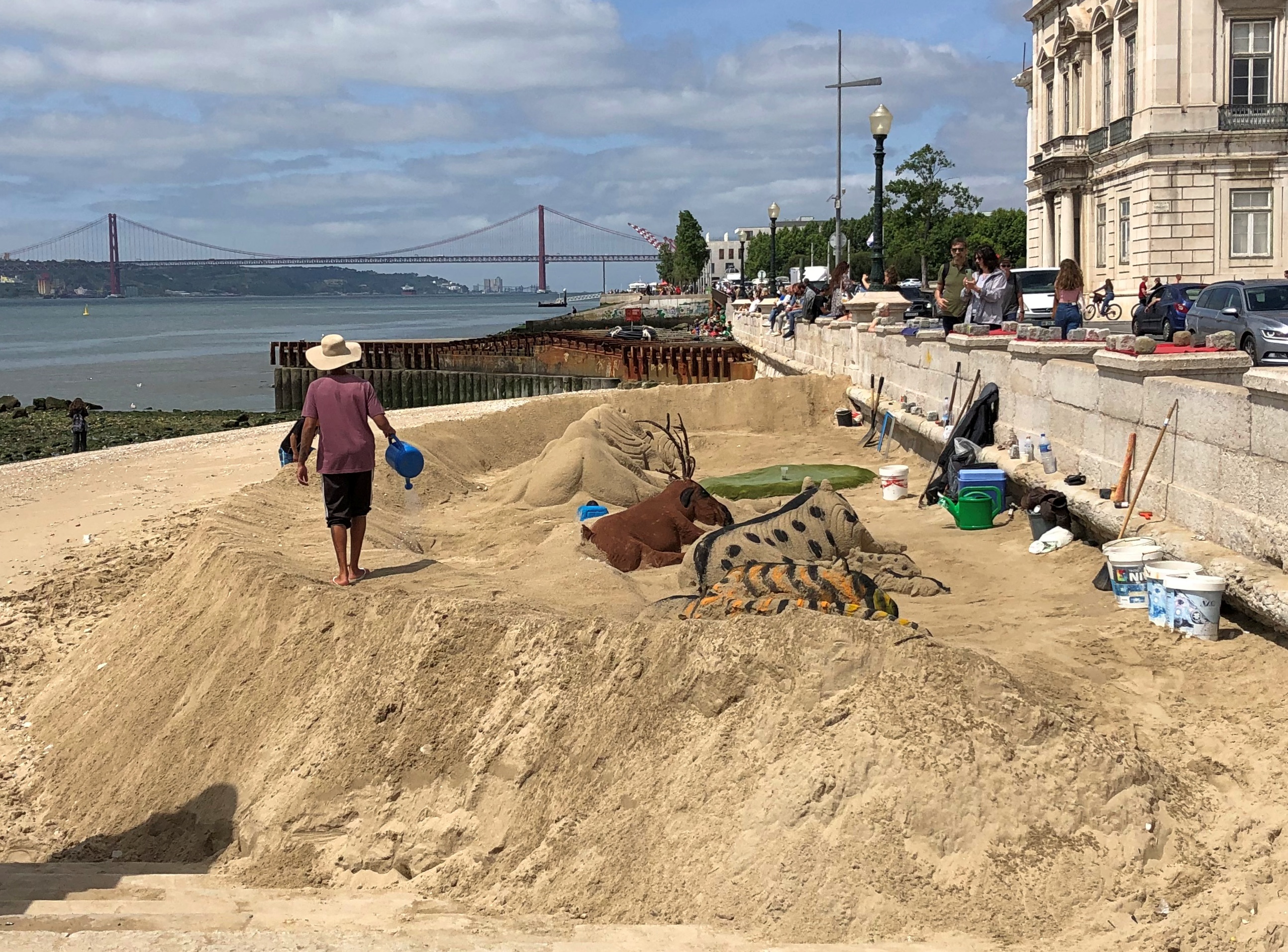
After 1755, the plaza took its current form, with its ring of buildings sometimes occupied by government offices, but more recently restaurants and bars catering to tourists. And the Centro Interpretativo da Historia do Bacalhau.
That was a find. A museum devoted to codfish. We lucked into it.
Above the ticket desk: depictions of drying cod. Life-sized? At first I thought no, but later saw photos of enormous cod filling small boats, so maybe so.
The Portuguese love their codfish, have for centuries, and you should too, the museum insists in subtle ways. It didn’t take a lot of arm-twisting for us to agree that codfish were manna from the sea. At least it is in the hands of the Portuguese cooks whose fish we sampled during our time in Lisbon. Just a small sample, but a delicious one.
The place is part maritime museum, with models of the cod fleets and fishing tools; part cooking museum, with cod dishes illustrated and videos showing cod preparations; and part devoted to the geopolitics of countries along the Atlantic coast of Europe during the 16th and 17th centuries, as they affected the North Atlantic and its fisheries.
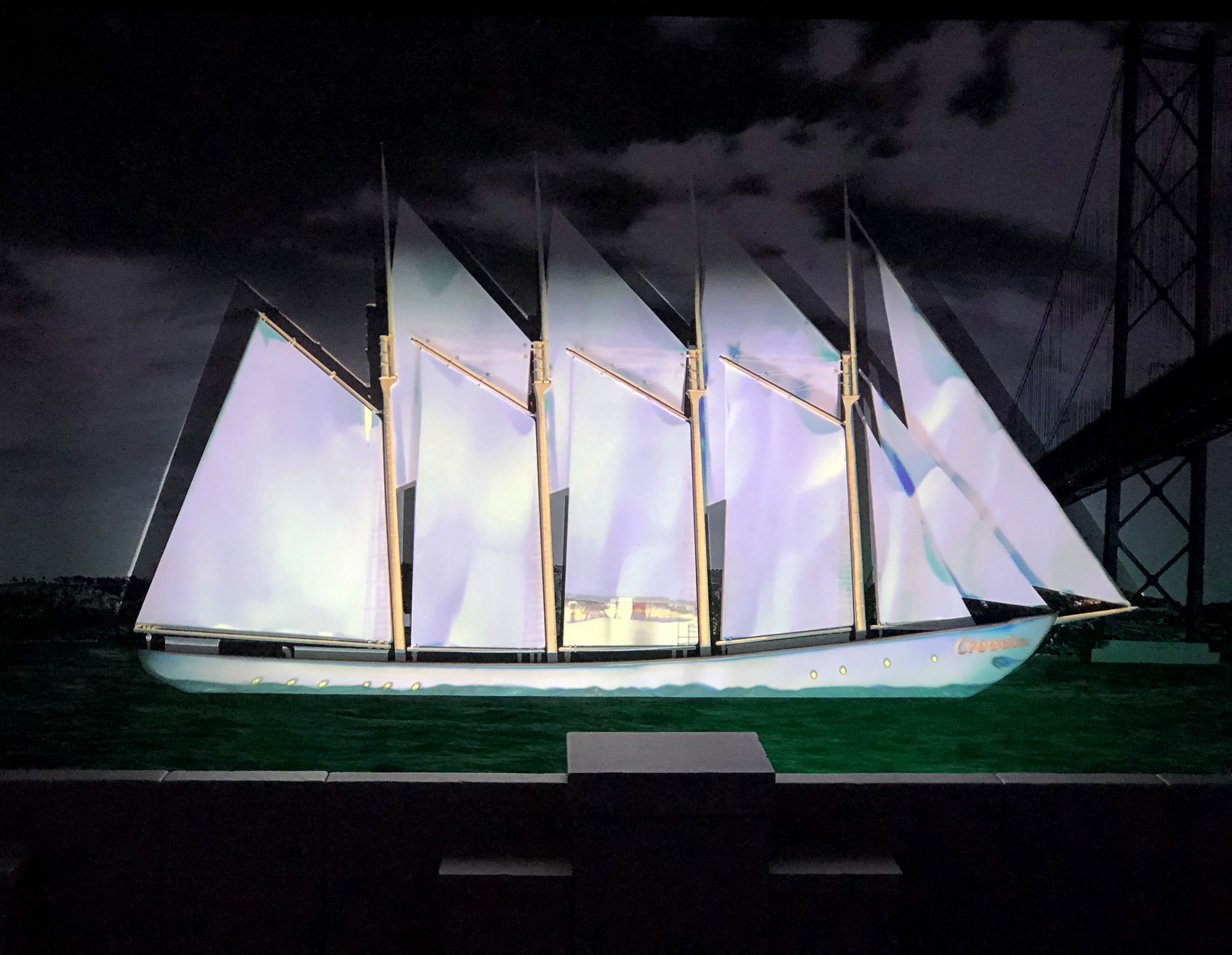
A detail from 20th century poster glorifying Portuguese fishermen hard at work feeding the nation. Apparently that notion was something the Salazar regime encouraged, even though the industry was diminished from its glory days a few centuries before.
Cod isn’t just integral to Portuguese history or essential to its cuisine, the museum says.
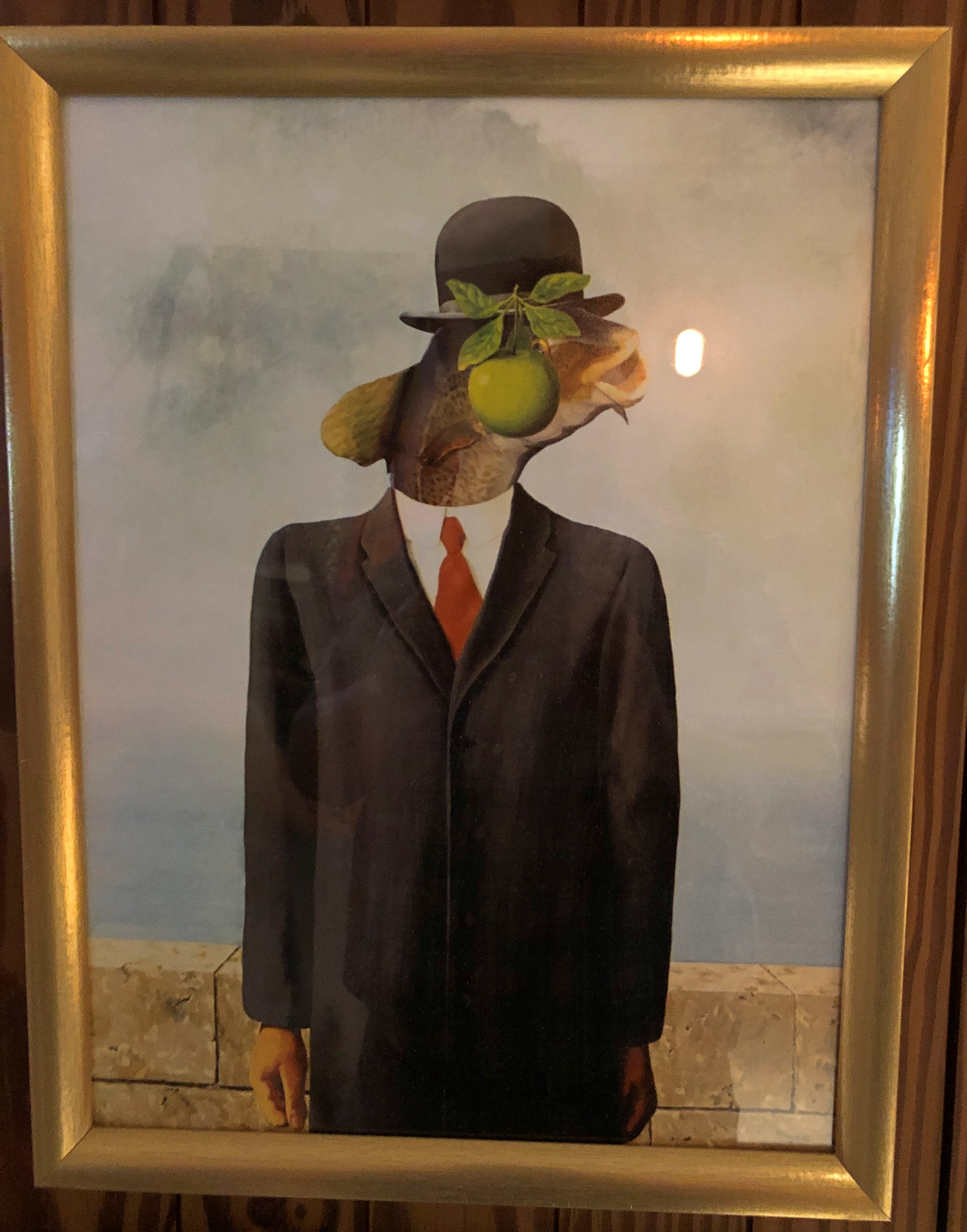
It’s a fun fish, too.
